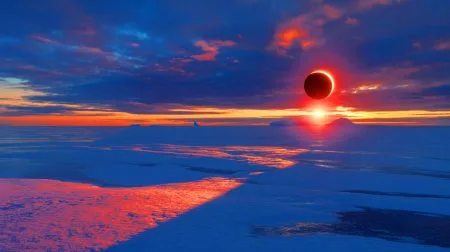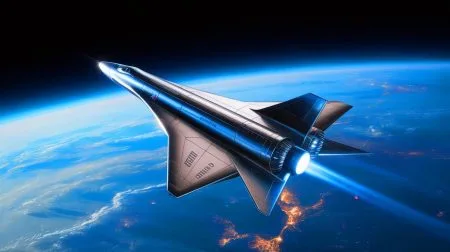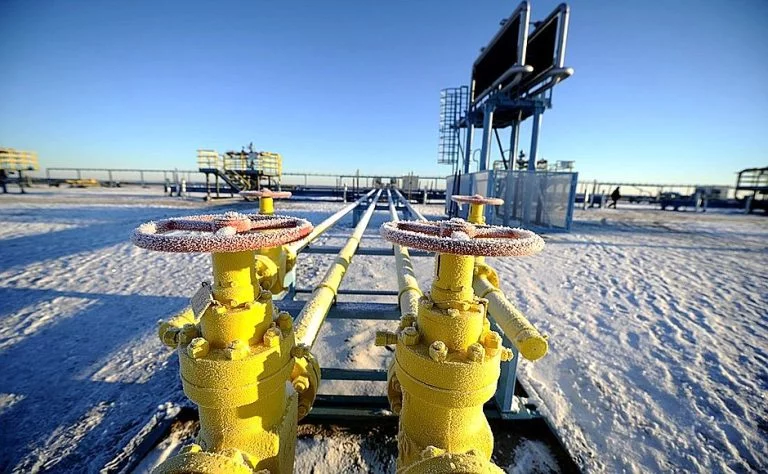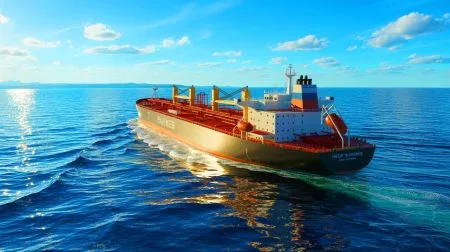Poison, cold weather, and natural gas: three things that Europeans would probably wish that they didn’t receive from Russia. Last week, Putin’s network poisoned a former Russian double agent in London, prompting Prime Minster Theresa May to expel 23 Russian diplomats. Meanwhile, a Siberian cold front brought unseasonable weather and a spike in demand for Russian gas demand for heating.
The cold snap raised the specter once again of Russia terrorizing Europeans by withholding its gas supplies, as seen in headlines by The Daily Mail (“Cold snap next week ‘puts Britain at the mercy of Russian gas giants’ as reserves in Europe reach record lows”), and Forbes (“As Another Arctic Freeze Approaches Europe, Fears Grow Over Gas Supplies”).
On the one hand, European fears are founded. Russian gas sales to Europe, after all, reached record levels in 2016 and 2017, and we seem to be in the midst of a new global Cold War since 2014. There’s nothing like spy intrigue and vicious cold to inflame worries about Russian intentions.
Yet Europeans must recognize three immutable facts about Russian gas. First, it is Europe’s cheapest and, depending how one views nuclear, cleanest energy source for base load electricity generation. Second, liquefied natural gas (LNG) and Europe’s internal market reforms give it the upper hand in a buyer’s market. Third, Russia cannot afford to disrupt supplies, lest it risk losing its main customer base for gas.
Europe: the center of gravity of gas demand
Europeans are wise to worry about dependence on gas supplies from its geopolitical rival. The higher level of imports in 2016 and 2017 were driven by decline of Dutch production, delays in new LNG projects, Gazprom’s renegotiation of prices and terms, and growth in European demand for gas from higher coal prices and policies to reduce carbon dioxide emissions.
Europe lies at the center of gravity of gas demand and in the middle of a gas-supply competition between Russia and the United States. In order to cut German dependence on Russian gas and undercut the strategic value of Nord Stream II, Merkel has turned to building new terminals for importing LNG. In addition to the U.S. LNG, new projects in Canada, Australia, and elsewhere are coming online. None of these is more important than Qatar, which lifted its self-imposed moratorium on exploring for gas, and is set to expand production by 30 percent in the coming years. In January, Norway also made upward revisions to its projections for gas production.
Europe has been buying Russian gas for five decades. It even pushed ahead on building new pipelines in the early 1980s over objections from the Reagan Administration. Cheap Russian gas has always been a positive economic force. Higher growth rates across Europe, including the highest in 2017 since before 2007, owe a small part to cheaper gas.
Too big to disrupt
Western Europe has never experienced an intentional, sustained supply disruption of Russian gas. The 2006 episode, the worst of the three, lasted for three days and affected Austria, France, Germany, and Italy. Of course, Ukraine and southeastern European countries experienced additional shortages in 2009 and 2012. The ongoing Gazprom-Naftogaz dispute, moreover, makes southeastern Europe vulnerable to the Kremlin’s political use of gas.
For perspective, Europeans should recall the period of intense Russian-Turkish tension form 2015-16 following Turkey’s downing of a Russian fighter. Turkey relies more heavily on Russian gas than Europe and is a far weaker power. Yet not once did Russia mention gas, let alone consider disrupting it.
Russia, moreover, has failed to develop robust markets in Asia. Chinese-Russian gas relations, while ambitious in scope, have underwhelmed in implementation. The Power of Siberia gas pipeline to deliver Russian gas in large quantities remains only two-thirds complete. China, like Europe, holds the leverage in a buyer’s market.
Russia depends on the European market to sell its gas and maintaining its market share in Europe is essential to its energy security.
Gazprom playing by European rules now
The EU’s actions in strengthening the internal market and embrace of LNG have also forced Gazprom to negotiate better terms. Last March, Gazprom signaled that it wanted to move on more antitrust probes regarding its dominance of the European gas market.
Across Europe, Gazprom has been forced to reduce prices, move to more flexible contract structures, and abide by the rules and regulations of the Third Energy Package, which most importantly allows access to third-party gas in Europe’s pipelines.
Yet the creation of a more diverse set of gas-importing options with LNG, as well as the drop in global prices since 2014, truly shifted the balance of power from supplier to customer. The example of Lithuania is illustrative. In 2014, it announced plans to build an LNG receiving terminal, to which Gazprom countered by offering lower prices. In August 2017, Lithuania received its first shipment of U.S. LNG.
Given these dynamics, the Kremlin would be loath to imperil its gas rents for political reasons. Better for Moscow to keep these flows going as long as possible, and increase market share by reducing price, than to win a short-term victory with a cut-off, no matter how painful for Europe.
Russian gas and immigration
The likelihood of a shutdown during this cold spell was always minute, as the source of the disruption was not in Europe itself. All previous crises have originated in either Russia or Ukraine.
What was predictable was that Europe would speak irrationally about its reliance on Russian supplies, especially amidst any further Russia-related news. Russian gas is like immigrant labor: it comes from abroad, is a cheaper economic input, and Europe cannot grow without it, all the while fostering hysteria.
Awareness of Europe’s reliance on Russian, however, is useful. It encourages the continent to continue to do what it has been doing over the last decade: building up its ability to import liquefied natural gas, shift from gas to more renewable energies, and force Russia to adhere to the rules for selling gas as laid out by the Third Energy Package.
Did you like it? 4.4/5 (29)







